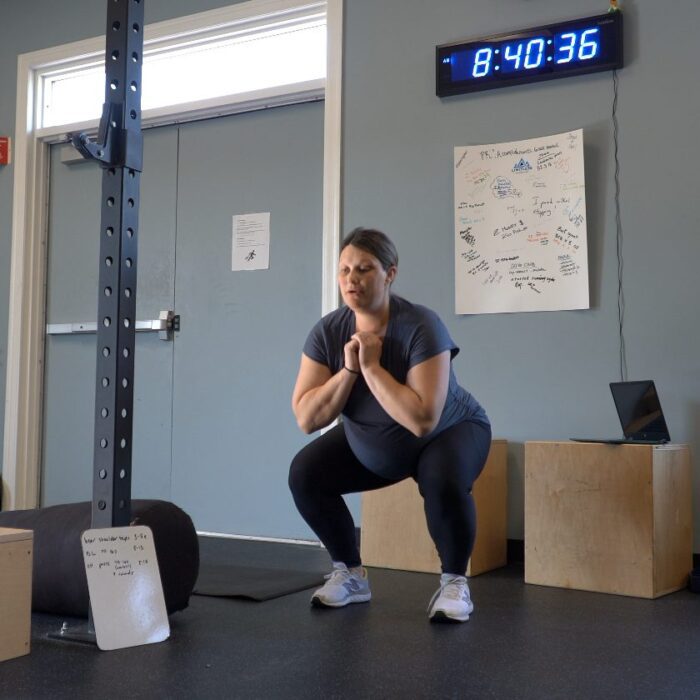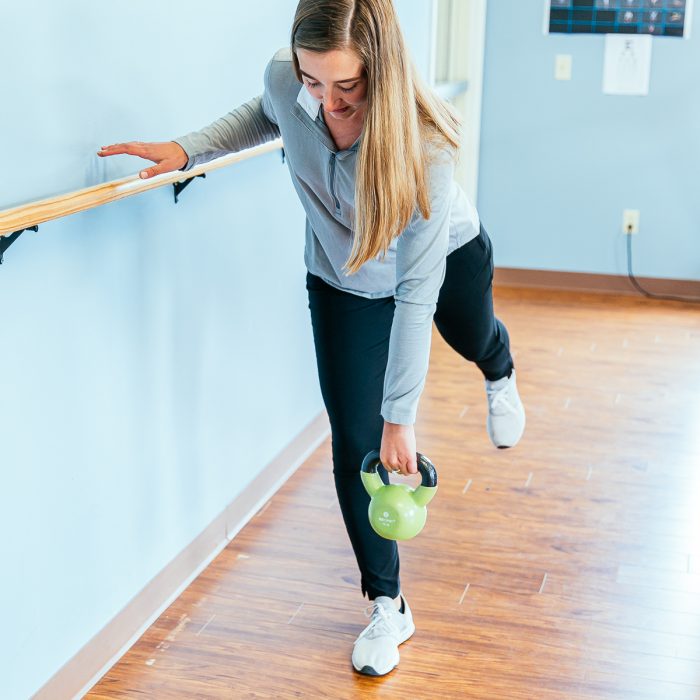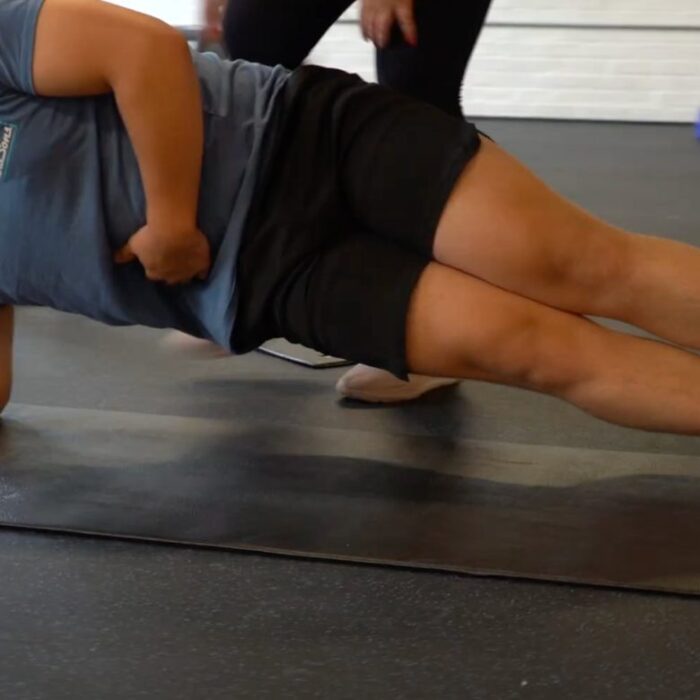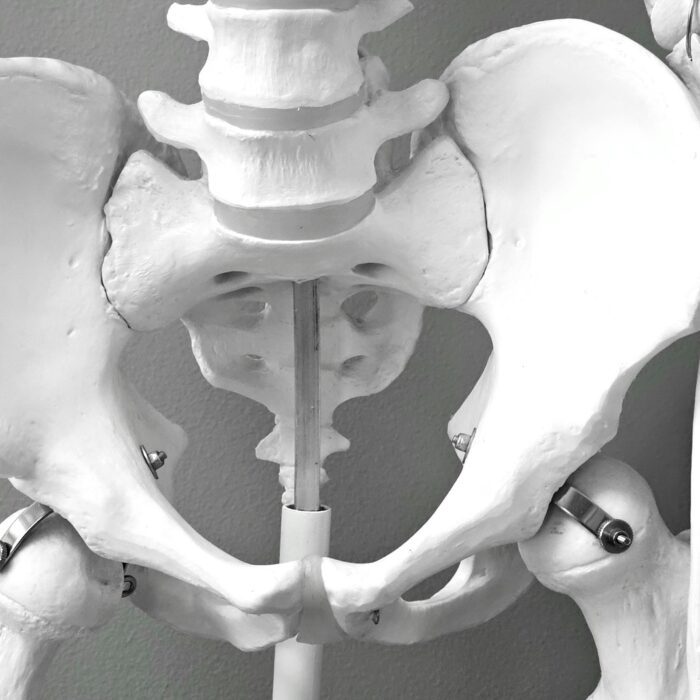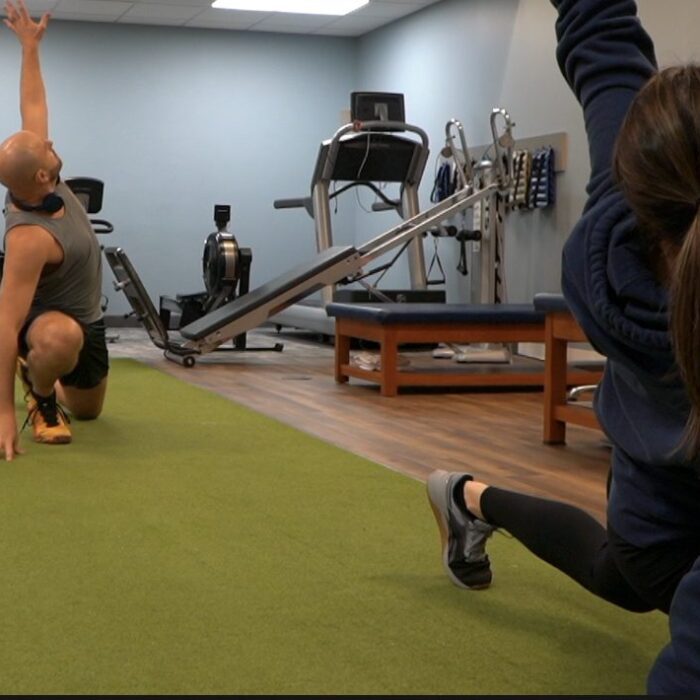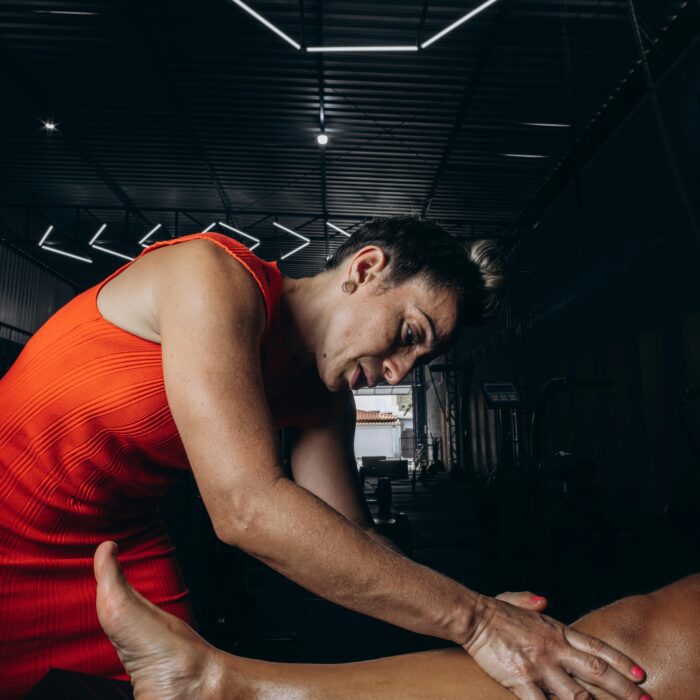Why Sleep Position Matters More Than You Think
A patient at our Victor clinic once said, “I thought waking up with shoulder pain was just part of turning 50.” She had started avoiding sleep, tossing around night after night, and waking up stiff and sore. What changed her perspective? Realizing her shoulder pain wasn’t “just age” — it was her sleep position. Research shows that nearly one-third of adults report shoulder pain tied to how they sleep, and side sleeping is one of the biggest culprits Hommen Orthopedics. The good news: small changes in pillow setup, posture, and pre-bed mobility can break the cycle.
If you’re struggling with side sleeping shoulder pain, you don’t have to live with it. At Limitless Physical Therapy, we’ve helped hundreds of Rochester-area patients make simple adjustments that reduce pain and let them get back to doing the things they love — starting with a full night of comfortable rest.
Why Does Side Sleeping Cause Shoulder Pain?
Q: Why does my shoulder hurt when I sleep on it?
When you sleep on your side, the shoulder joint and rotator cuff are pressed between your body weight and the mattress. This compression squeezes the rotator cuff tendons and bursa between the humerus and scapula, which can cause irritation, inflammation, and in some cases microtears. Studies confirm that habitual side sleepers have a higher risk of rotator cuff pathology and impingement syndromes PMC.
Key factors that make side sleeping more painful include:
-
Age-related changes in tendons (less resilient, slower to recover).
-
Mattress firmness (too soft = sinking and compression, too firm = pressure points).
-
Posture habits (arm tucked under body vs. neutral position).
-
Lifestyle factors (smoking, being overweight, or less nightly movement).
Myths to avoid:
-
“Harder mattresses always help.” In fact, overly firm surfaces often worsen pressure.
-
“It’s always an injury.” Many cases are simply posture and pressure, not structural damage.
-
“Changing position doesn’t matter.” Even small shifts can relieve symptoms.
👉 Case Study: At our Brighton clinic, one patient assumed her frozen shoulder diagnosis was the cause of her nightly pain. After reviewing her sleep setup, we discovered her mattress was overly firm and she was tucking her arm under her pillow. With adjustments, she reduced her morning stiffness by nearly 40% in just three weeks.
Best Sleep Positions to Relieve Shoulder Pain
Q: What is the best sleep position for shoulder pain?
Physical therapists and sleep specialists generally recommend back sleeping or sleeping on the non-affected side with proper support Cleveland Clinic. Stomach sleeping is the least favorable because it forces the shoulders and neck into awkward, rotated positions.
Here’s a simple comparison:
| Sleep Position | Shoulder Pressure | Alignment Quality | PT Recommendation |
|---|---|---|---|
| Back Sleeping | Minimal pressure | Neutral spine/shoulders | Best for most; add pillow under arm for support |
| Side Sleeping (Non-Affected Side) | Reduced (if supported) | Neutral if pillows used | Acceptable; use pillow between arms |
| Side Sleeping (Affected Side) | High pressure | Poor alignment | Avoid if painful; use wedges if necessary |
| Stomach Sleeping | Extreme rotation & compression | Poor | Not recommended |
Takeaway:
-
Back sleeping with a pillow under your knees and affected arm = least pressure.
-
Side sleeping on the non-painful side works when supported by pillows.
-
Stomach sleeping almost always aggravates pain.
👉 Local Example: Many Greece clinic patients find relief simply by training themselves to switch to back sleeping — often using a supportive wedge system that prevents rolling at night.
Pillow & Setup Fixes for Side Sleepers
Q: What pillow setup helps with side sleeping shoulder pain?
Your pillow is not just for your head. The right setup aligns your head, neck, and shoulders so pressure is reduced.
Evidence-based tips:
-
Use a medium-high loft pillow (4–6 inches) to fill the gap between shoulder and mattress. Too flat tilts the head down, stressing the shoulder; too high forces the neck up Blissbury.
-
Add a pillow between your arms to keep the top shoulder from collapsing forward.
-
Try a pillow under the waist or chest to reduce compression if you must sleep on the affected side.
-
Consider specialized pillows like the MedCline Shoulder Relief System for chronic pain SleepFoundation.
Common mistakes to avoid:
-
Using old, compressed pillows.
-
Choosing a pillow too flat/firm for your shoulder width.
-
Ignoring how your mattress interacts with pillow height.
👉 Case Study: A Rochester-area runner we worked with struggled with shoulder pain for months, convinced it was a rotator cuff tear. In his case, the fix was as simple as swapping his 10-year-old pillow for a firmer loft and adding an arm pillow. Within two weeks, his nighttime pain dropped from an 8/10 to a 2/10.
Physical Therapy Stretches Before Bed for Shoulder Relief
Q: What stretches help reduce shoulder pain from sleep?
Clinical data shows that a short pre-bed routine of stretches and strengthening reduces night pain by up to 40% compared to stretching alone AAOS.
Static stretches before bed:
-
Sleeper Stretch → lengthens the posterior shoulder capsule.
-
Across-the-Chest Stretch → reduces rear shoulder tension.
-
Child’s Pose → gently opens shoulder blades.
Dynamic mobility movements:
-
Pendulum Swings → promotes circulation.
-
Wall Angels → restores alignment.
-
Eagle Arms → stretches upper back and shoulder.
Strengthening drills:
-
Shoulder Blade Squeezes → improve stability.
-
Isometric holds → reduce strain during sleep.
👉 Case Study: At Limitless PT in Victor, 72% of patients with shoulder stiffness reported reduced pain within four weeks of combining stretching and scapular strengthening before bed. One patient described it as “the first time in years I woke up and forgot about my shoulder.”
Quick 5-Minute Night Routine:
-
Pendulum swings (30 seconds each arm).
-
Sleeper stretch (hold 30 seconds, 3 reps).
-
Across-the-chest stretch (hold 20 seconds, 3 reps).
-
Shoulder blade squeezes (10 reps).
Try this tonight and track how your shoulder feels in the morning.
When to Try Home Fixes vs. See a Physical Therapist
Some shoulder pain resolves with home adjustments. But there are red flags where a professional evaluation is the better path:
-
Pain that lasts more than 2–3 weeks despite home fixes.
-
Shoulder stiffness that worsens, limiting daily function.
-
History of injury, surgery, or rotator cuff tear.
-
Pain paired with numbness or tingling down the arm.
At Limitless Physical Therapy, we specialize in shoulder conditions across orthopedics, post-surgical care, and sports performance. With 15+ years of clinical experience and over 5,000 patients treated, our team in Victor, Brighton, Greece, and Cortland has seen firsthand how small adjustments — guided by PT expertise — transform night pain into restful sleep.
Final Thoughts
Q: Do I have to accept shoulder pain from side sleeping as “normal”?
Absolutely not. Side sleeping shoulder pain is common, but solvable. With the right combination of position, pillow setup, and physical therapy-based stretches, you can wake up without pain and get back to the things you love.
At Limitless PT, many of our Rochester and Victor patients have discovered that relief starts with simple adjustments. And when those aren’t enough, personalized care plans restore strength, mobility, and confidence.
👉 Ready to live a life without limits?
Call our Victor clinic at (585) 869-5140 or contact us here. Together, we’ll create a plan that empowers you to thrive — starting tonight with better sleep.

